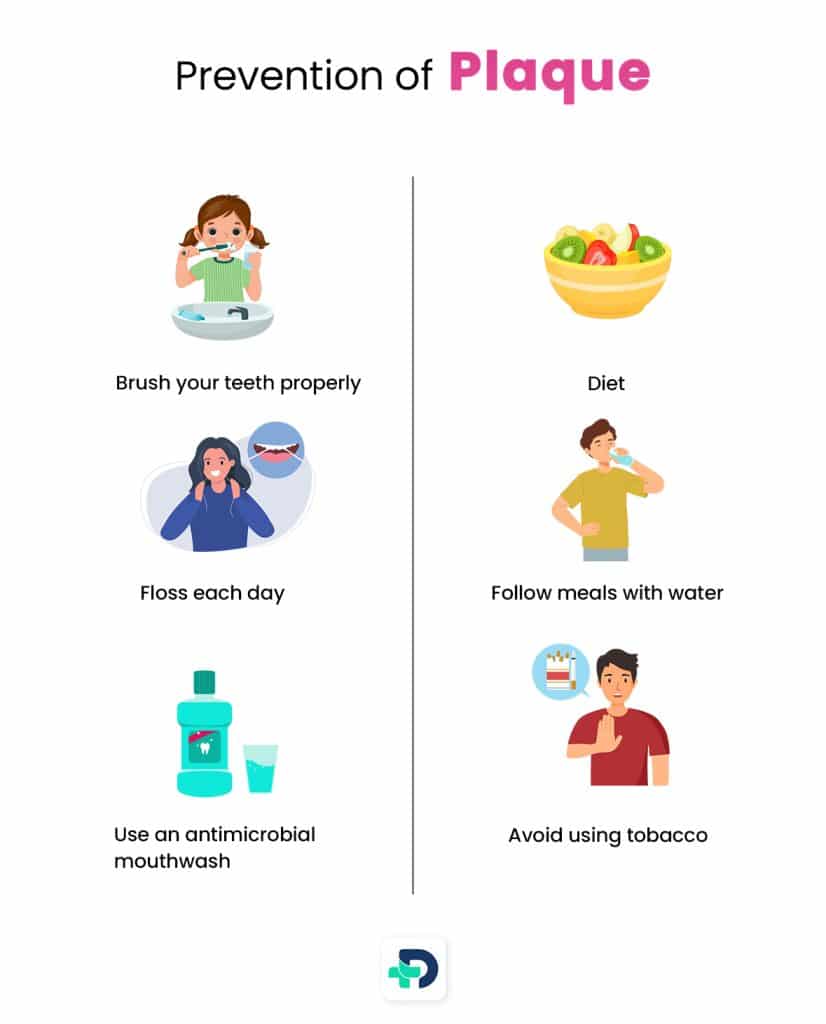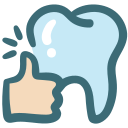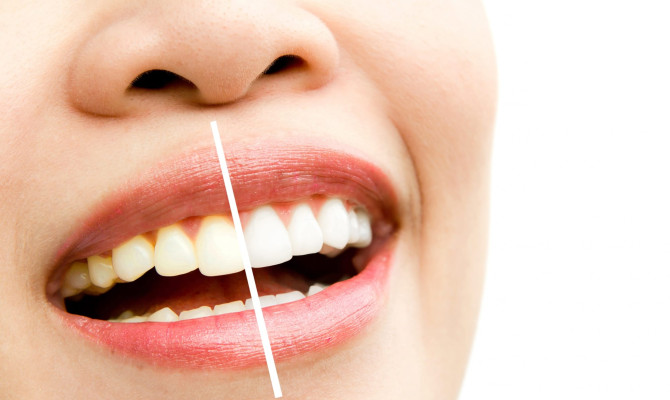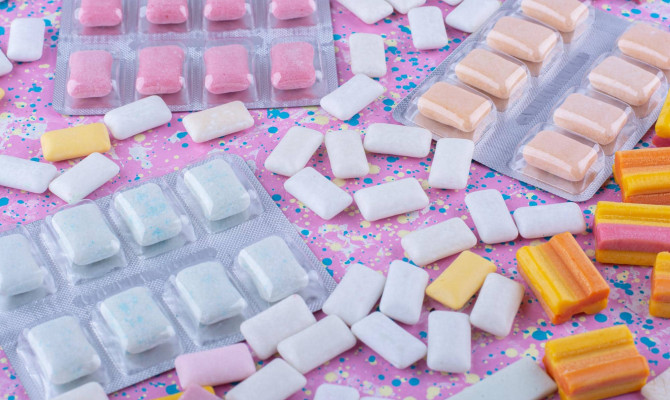Understanding dental Plaque and its impact on oral health

- Plaque
- 16 Aug 2023
Overview
What is Dental Plaque?
The biofilm known as dental plaque, which develops naturally on the surfaces of teeth, is a constant risk to oral health. If left untreated, the complex colony of microorganisms that live inside this sticky, colorless film can cause havoc on teeth and gums.
This article will delve into dental plaque and examine its genesis, composition, and potential harm to oral health.

Plaque & Tartar
Difference between Plaque and tartar
- Plaque is a soft, colorless layer comprising a complex microbial population, saliva, food particles, and other elements.
- On teeth, it is a substance constantly growing throughout the day. It is simple to get rid of by regularly brushing and flossing.
- Plaque becomes tartar (calculus), a hardened form, when plaque is not correctly removed from the teeth. As long as plaque is present on the tooth surfaces, salivary minerals penetrate the plaque, causing it to calcify or harden. It is usually yellow or brown in color and has a rough texture.
- It cannot be eradicated by simply brushing regularly, unlike plaque. A dental professional must remove it.1Plaque & tartar| Researched based study from Nlm.nih.gov
Plaque formation
How does Plaque form?
Some food that you consume gets trapped in your teeth. These food particles attract the bacteria in your mouth, which begin to stick to them. The plaque thickens and becomes more challenging to remove as other germs join it.
What is a dental plaque made of?
Bacteria
- It contains a variety of bacteria, including actinomyces and streptococcus mutans, among others. Naturally occurring in the mouth, these microorganisms stick to the tooth surfaces and form colonies inside the plaque matrix.
Saliva
- Due to the enzymes, proteins, and minerals it contains, it is essential in plaque formation. Saliva aids digestion by moistening the mouth, promoting the breakdown of food particles, neutralizing acids, and facilitating the breakdown of food particles. It also gives the bacteria in plaque vital nutrients that promote growth and proliferation.
Food particles
- Food particles stuck on and between teeth collect in plaque, which serves as a reservoir for them. The bacteria use the sugars and starches from our food as fuel. Bacteria break down these sugars and starch into acids, which help to cause tooth decay and enamel erosion.2Plaque formation| Researched based study from Nlm.nih.gov
The host proteins
- Additionally, they contain proteins obtained from oral tissues and saliva. These proteins can contribute to forming a sticky matrix that binds the bacteria and other plaque-forming elements together. Bacteria can stick to tooth surfaces and resist removal due to the matrix’s protective environment.2Plaque formation| Researched based study from Nlm.nih.gov
Complications
Dental Plaque complications
Tooth decay
- The enamel on your teeth, which serves as a protective outer covering, can be worn away by the acids produced by the bacteria in plaque. Cavities or decay may arise from this, requiring dental fillings or other treatments like root canals.
Gum disease
- Your gums can become irritated by plaque and become red, puffy, and painful. The word for this early stage of gum disease is gingivitis. If neglected, it can worsen into periodontitis, resulting in tooth loss, bone loss, and even gum recession.2Complications| Researched based study from Nlm.nih.gov
A bad breath
- Plaque-causing bacteria in your mouth break down food particles while exhaling harmful gases in the process. Halitosis, or persistent bad breath, may develop from this.
Tartar formation
- If plaque is left untreated on a regular basis, it can harden into calculus or tartar. Only a dental specialist can remove tartar, a gritty, yellowish, or brownish deposit that firmly adheres to the teeth. More plaque can build up on its abrasive surface, worsening the problems with dental health.2Complications| Researched based study from Nlm.nih.gov
Treatment
What are the treatment options for Plaque?
Regular tooth brushing and flossing with a soft-bristled toothbrush will help to remove plaque from your teeth.
Dental cleanings
- Dental practitioners carry out routine oral prophylaxis, also called dental cleanings. They remove plaque and tartar from your teeth using specialized tools, even in places that are challenging to clean during routine cleaning.
Scaling
- Scaling is a procedure that aids in removing the hardened deposits that cause decay and gum disease.1Treatment| Researched based study from Nlm.nih.gov
Prevention

Prevention of Plaque
Brush your teeth properly.
- Brush your teeth at least twice a day with a soft-bristled toothbrush and fluoride-containing toothpaste.
- Be sure to brush gently and circularly to contact all tooth surfaces, particularly those close to the gum line.
Floss each day
- Regular flossing helps in removing plaque and food debris from hard-to-reach areas where a toothbrush may struggle to clean along the gum line and between your teeth.
- Use dental floss or interdental cleaners to clean these places.
- Plaque and debris can be removed by gently sliding the floss up and down. All teeth, especially those in the back of your mouth, should be repeated.
- Alternative tools for cleaning between teeth include dental picks, water flossers, and interdental brushes.3Prevention| Researched based study from Nlm.nih.gov
Use an antimicrobial mouthwash.
- The number of bacteria in your mouth can be reduced, and plaque formation can be controlled by rinsing with an antimicrobial mouthwash.
- Pick one with ingredients like cetylpyridinium chloride, thymol, or eucalyptus oil. Other options include chlorhexidine. These components can help in limiting bacterial development.
- Refer to the mouthwash label for the suggested usage time and frequency. Keep in mind that mouthwash should be used in addition to brushing and flossing, not as a replacement.
Diet
- Eat a balanced diet and try to reduce sugary and starchy foods, which feed the bacteria that cause plaque.
- Choose a diet that is well-balanced and consists of lean proteins, wholesome grains, fruits, and vegetables.
Follow meals with water.
- After meals, swishing water in your mouth can help wash away food and bacteria, preventing plaque accumulation.3Prevention| Researched based study from Nlm.nih.gov
Avoid using tobacco.
- Plaque and gum disease can be accelerated by smoking or using other tobacco products.
- Quitting or abstaining from tobacco usage can have a significant positive impact on your dental health.
Go to the dentist frequently.
- Early detection and management of dental problems depend on routine checkups.
- Schedule cleanings and checkups at least twice a year, or as recommended by your dentist.
Consider dental sealants
- On the chewing surfaces of your back teeth, dental sealants can be applied to create a barrier against plaque and food particles.3Prevention| Researched based study from Nlm.nih.gov
Takeaway
Takeaway tips
- Understanding plaque formation and the risks involved stresses the importance of good oral hygiene habits.
- People may actively fight plaque development, protect their teeth, and preserve a healthy, confident smile by committing to regular brushing, flossing, and expert dental treatment.
Any feedback on this article?
 This Articles content was accurate
This Articles content was accurate Very Informative Article
Very Informative Article I have a question or a comment
I have a question or a comment
 This article contains inaccurate content
This article contains inaccurate content This article was not helpful
This article was not helpful I have a question or a comment
I have a question or a comment
We appreciate your helpful feedback!
Checkout our social pages
References
-
National Library of Medicine
Mechanisms of dental plaque formation | Plaque & tartar | Treatment
-
National Library of Medicine
Dental plaque as a biofilm and a microbial community – implications for health and disease | Plaque Constituents | Complications
-
National Library of Medicine
Plaque control as a scientific basis for the prevention of dental caries | Prevention



































